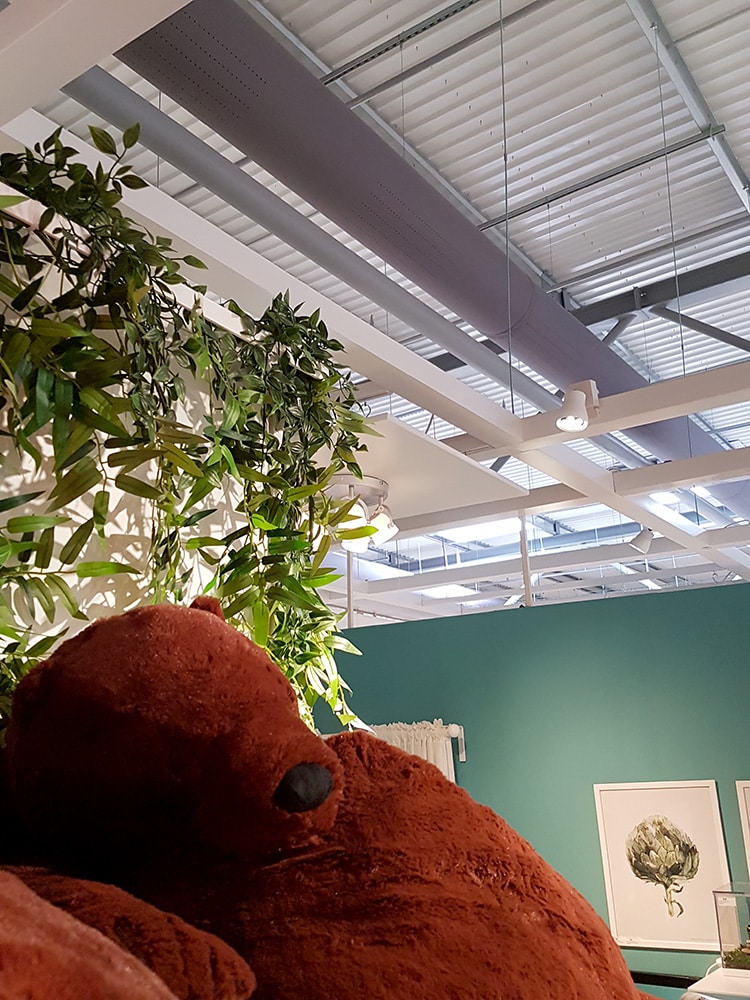The Future of Sustainable Ventilation & HVAC Solutions


As industries across the UK face growing pressure to meet sustainability goals, attention is increasingly turning to building infrastructure and the energy demands of heating, ventilation, and air conditioning systems. These systems, essential for maintaining comfortable indoor environments, account for a significant portion of a building’s total energy use. For many businesses, the challenge lies in balancing performance with environmental responsibility; this is where sustainable HVAC solutions like fabric ducting are leading the way.
Let’s take a closer look at how the future of ventilation is being shaped by sustainable materials, smarter design, and evolving expectations.
A Shift Towards Greener Materials
One of the most significant developments in sustainable HVAC is the introduction of eco-friendly materials. Traditionally, ventilation systems have relied on metal ductwork, which is resource-heavy to produce, difficult to recycle, and prone to corrosion over time.
In contrast, fabric duct systems, particularly our range of recycled & sustainable fabric ducts, offer a much more environmentally conscious alternative. These ducts are manufactured using post-consumer recycled plastic bottles, dramatically reducing the environmental impact from the outset.
Not only do these recycled fabrics reduce landfill waste and reliance on virgin resources, but they also perform just as effectively in terms of airflow and durability. For businesses aiming to reduce their carbon footprint, switching to a sustainable fabric ducting system is a practical and measurable step in the right direction.
Energy Efficiency and Smarter Airflow
Efficient ventilation isn’t just about the source materials, it’s about how air is delivered. Traditional systems often result in uneven air distribution, causing hot or cold spots and increasing energy demand as users try to compensate for discomfort.
Fabric duct systems, by contrast, are designed to deliver uniform airflow across their entire surface. Air exits through carefully positioned fabric nozzles, laser-cut perforations or micro-permeable fabrics, ensuring consistent temperature and comfort throughout a space. This not only improves the occupant experience, but also reduces the need for excessive heating or cooling, which is a key factor in lowering overall energy consumption.
By combining sustainable materials with energy-saving design, fabric ducting makes it easier for businesses to meet greener building performance standards, such as BREEAM or LEED, without compromising functionality.
Lightweight, Low-Impact Installation
Sustainability doesn’t stop at the product itself. Installation and maintenance also play a major role in the overall environmental footprint of an HVAC system. Metal ductwork can be heavy, labour-intensive to install, and often requires significant structural support- especially in retrofits.
Fabric ducting systems are far lighter and easier to install, requiring less infrastructure and fewer resources during the build phase. Their flexible design also means they can be adapted to suit complex layouts or existing building constraints, reducing the need for costly modifications.
When it comes to maintenance, many fabric ducts are machine washable, meaning they can be cleaned and reused over time, which is a big advantage over metal alternatives that are more difficult to sanitise or refurbish.
Responding to Evolving Regulations and Expectations
With UK regulations placing increasing focus on net zero carbon targets and operational efficiency, building services professionals are under pressure to specify products that align with long-term sustainability goals.
Adopting fabric ducting made from recycled materials helps to demonstrate environmental accountability in procurement and project delivery. It also reflects a growing expectation from clients and stakeholders who now demand more sustainable choices at every stage of construction and building management.
Additionally, with air quality and occupant health now central to workplace design, particularly in schools, offices, and healthcare settings, sustainable ventilation is no longer just “nice-to-have”, but a necessity.
The future of ventilation lies in systems that are not only efficient and effective but also environmentally responsible. As the demand for green solutions grows, innovations like fabric duct systems made from recycled materials will become the new norm rather than the exception.
By embracing sustainable HVAC technologies today, businesses can position themselves at the forefront of responsible building design, creating indoor environments that support both people and the planet. In a world where every decision counts, fabric ducting offers a clear, credible path towards a cleaner, more sustainable future.
Looking for more information?
Our experts are on hand to answer any questions. Why not give us a call or drop us a message, We’ll work with you to find the right solution.
Contact us

